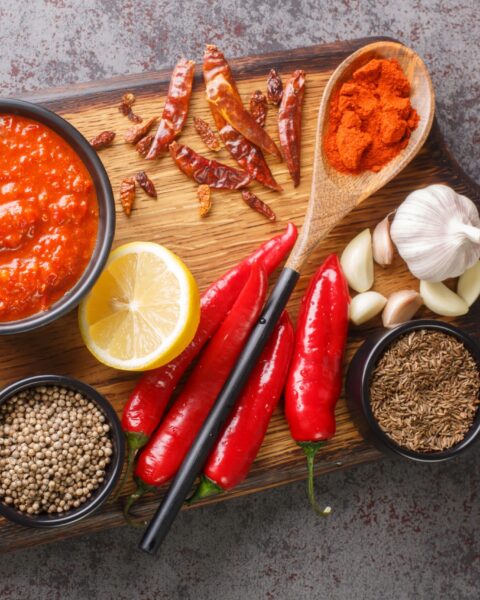Rotisserie chickens are a staple in many households, thanks to their convenience and delicious flavor. However, there are some hidden aspects to these popular grocery store items that you might not be aware of. While they seem like a quick and easy dinner option, there are several things to consider about their preparation and ingredients. Here’s a closer look at some of the less talked about facts about grocery store rotisserie chickens.
Contents
- 1 High Sodium Content
- 2 Use of Preservatives
- 3 Potential MSG Addition
- 4 Lower Quality Meat
- 5 Injection with Broth
- 6 Hidden Sugar Content
- 7 Use of Artificial Flavors
- 8 Potential Antibiotic Residues
- 9 Use of Fillers and Binders
- 10 Lack of Transparency in Sourcing
- 11 More From RetailShout
- 12 17 Meatless Tasty Recipes Just About Anyone Would Enjoy
- 13 11 Nostalgic Childhood Foods From Around The World
High Sodium Content

Most grocery store rotisserie chickens contain high levels of sodium. This is because they are often injected with a saline solution to enhance flavor and moisture. The sodium content can sometimes be as high as 500-700 mg per serving, which is a significant portion of the daily recommended intake. Consuming such high levels of sodium can contribute to hypertension and other cardiovascular issues. Therefore, it is essential to be cautious about the sodium content when consuming these chickens.
Use of Preservatives

Rotisserie chickens from grocery stores often contain preservatives to extend their shelf life. These preservatives can include chemicals like sodium nitrate and phosphate. While these substances help in preventing spoilage, they can have adverse health effects if consumed in large quantities. Long-term consumption of such preservatives has been linked to various health issues, including increased cancer risk. Thus, it’s important to be aware of the potential presence of these additives in your food.
Potential MSG Addition

Monosodium glutamate (MSG) is another common additive in grocery store rotisserie chickens. It is used to enhance the flavor of the chicken, making it more savory and appealing. However, some people are sensitive to MSG and can experience symptoms like headaches, sweating, and nausea after consuming it. Additionally, there is ongoing debate about the long-term health effects of MSG, with some studies suggesting it may contribute to obesity and metabolic disorders.
Lower Quality Meat
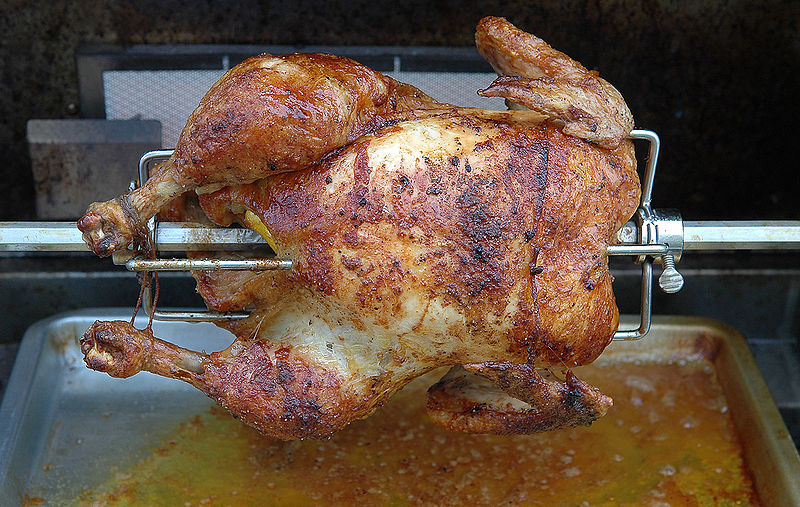
Grocery stores may use chickens that are closer to their expiration dates for rotisserie cooking. This practice helps reduce waste but means the consumer might be getting lower quality meat. These chickens might also be smaller and less meaty compared to fresh poultry available for purchase, potentially offering less nutritional value.
Injection with Broth

Many rotisserie chickens are injected with broth or other flavor-enhancing liquids. This practice can add unnecessary calories and sodium to the chicken. The injection process helps the chicken retain moisture and flavor during cooking but can also mislead consumers about the natural quality of the meat. It’s essential to read the labels carefully to understand what has been added to the chicken.
Hidden Sugar Content

Some rotisserie chickens contain hidden sugars, which are used to enhance flavor and create a more appealing caramelized skin. These sugars can add unnecessary calories and contribute to an unhealthy diet, particularly for those monitoring their sugar intake for conditions like diabetes. The presence of sugar can also be misleading for consumers who assume they are eating a healthy protein source.
Use of Artificial Flavors

To make rotisserie chickens more appealing, artificial flavors are often added. These flavors can include a variety of chemical compounds that may not be listed explicitly on the label. While these additives can enhance taste, they may also have unknown health effects. Consuming foods with artificial flavors regularly can potentially lead to various health issues over time.
Potential Antibiotic Residues

The chickens used for rotisserie may come from farms where antibiotics are used extensively. While antibiotics help prevent disease in livestock, their overuse can lead to antibiotic resistance in humans. There is also a possibility that antibiotic residues remain in the meat, which can have adverse health effects when consumed regularly. It’s important to consider the source of the chicken and whether it has been raised with antibiotics.
Use of Fillers and Binders

Fillers and binders are sometimes used in rotisserie chickens to improve texture and volume. These substances can include soy protein, carrageenan, and other additives. While these fillers help maintain the chicken’s shape and juiciness, they may also have potential health risks, especially for individuals with food allergies or sensitivities. Consumers should be cautious and read labels to identify the presence of such ingredients.
Lack of Transparency in Sourcing
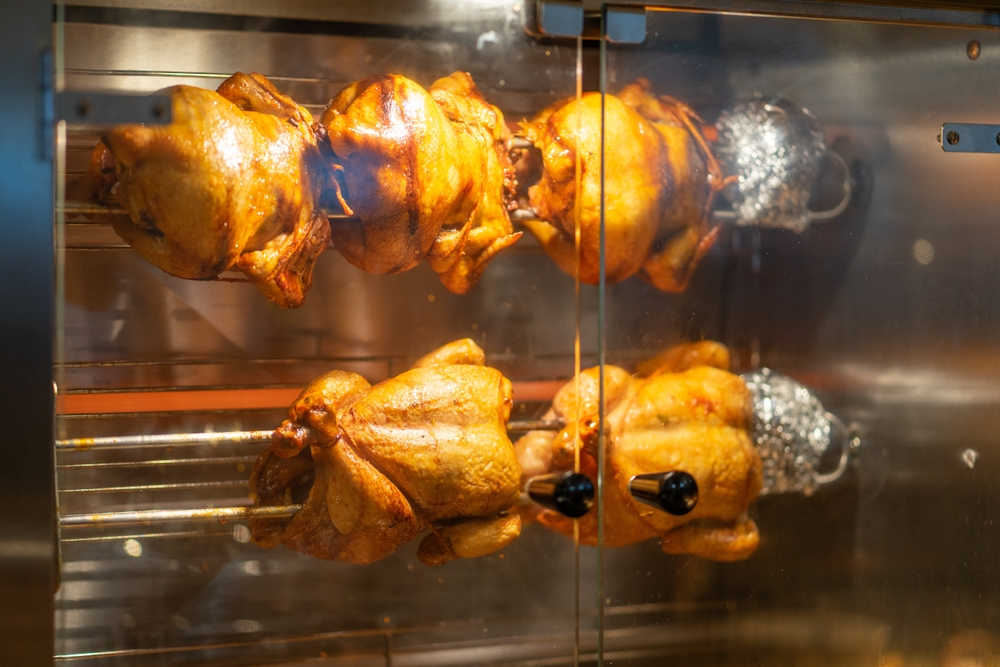
The sourcing of the chickens used in grocery store rotisserie products is not always transparent. Many stores do not provide detailed information about where the chickens are raised or the conditions in which they are kept. This lack of transparency can be concerning for consumers who are mindful about animal welfare and sustainable farming practices. Without clear information, it’s difficult to know if the chickens were raised in humane conditions or if sustainable practices were followed.
This article originally appeared on RetailShout
More From RetailShout
29 Mouthwatering Sweets from Different Countries
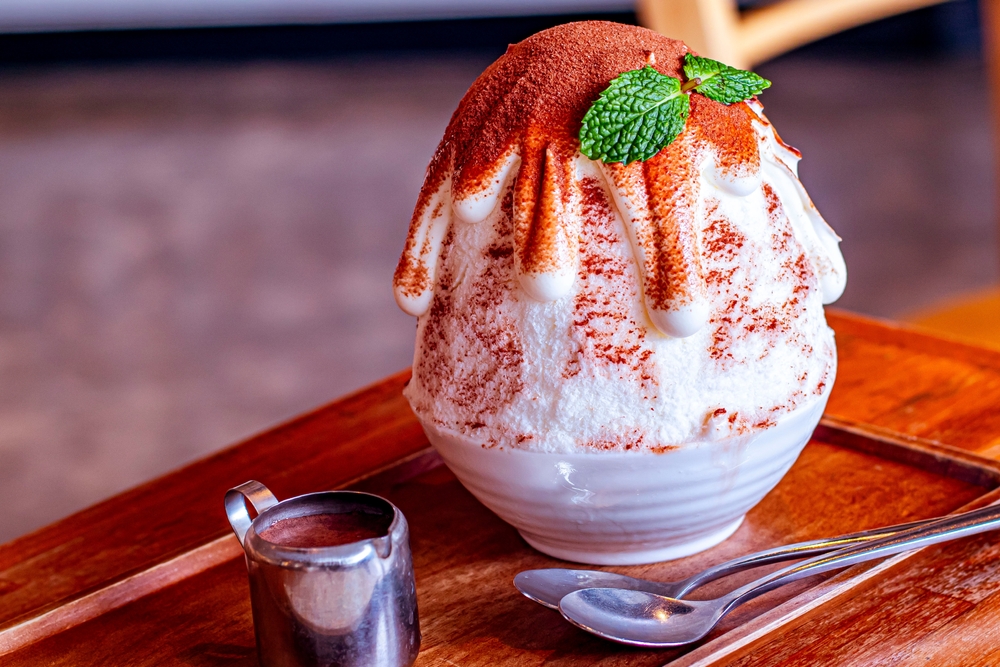
If you love sweets and enjoy trying new flavors from around the world, you’re in for a treat. Desserts are a fantastic way to explore different cultures and their unique culinary traditions. Read More.
17 Meatless Tasty Recipes Just About Anyone Would Enjoy
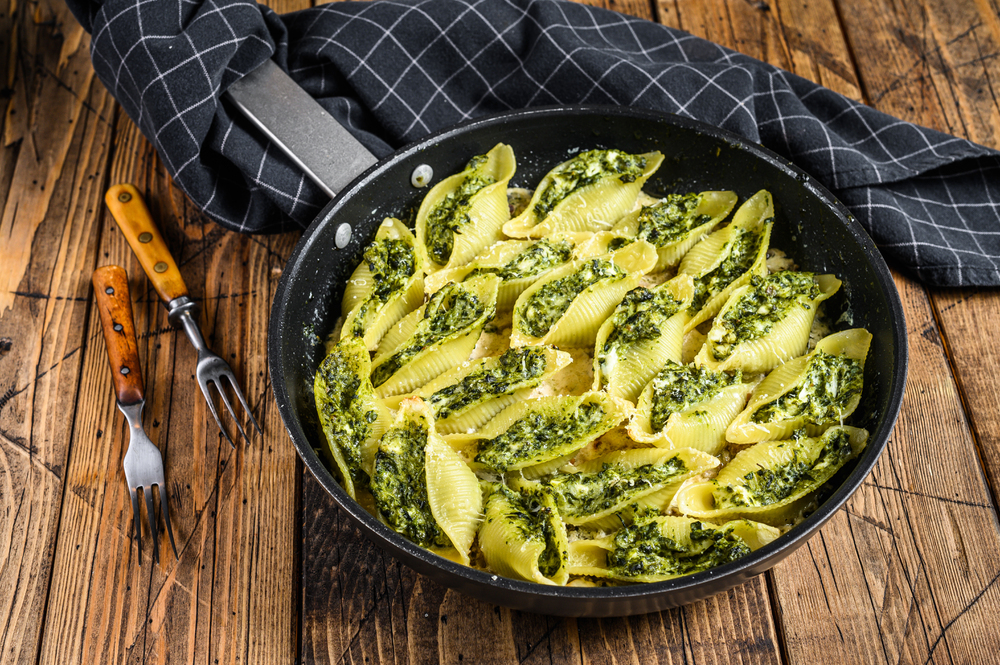
Looking to add some delicious variety to your meatless meals? Whether you’re a seasoned vegetarian or simply seeking to incorporate more plant-based dishes into your diet, these 20 recipes are sure to delight your taste buds. Read More.
11 Nostalgic Childhood Foods From Around The World

Food has a magical way of transporting us back to simpler times, especially those cherished meals and snacks from childhood. Across different cultures, kids grow up loving unique dishes that stay with them for a lifetime. Read More.



